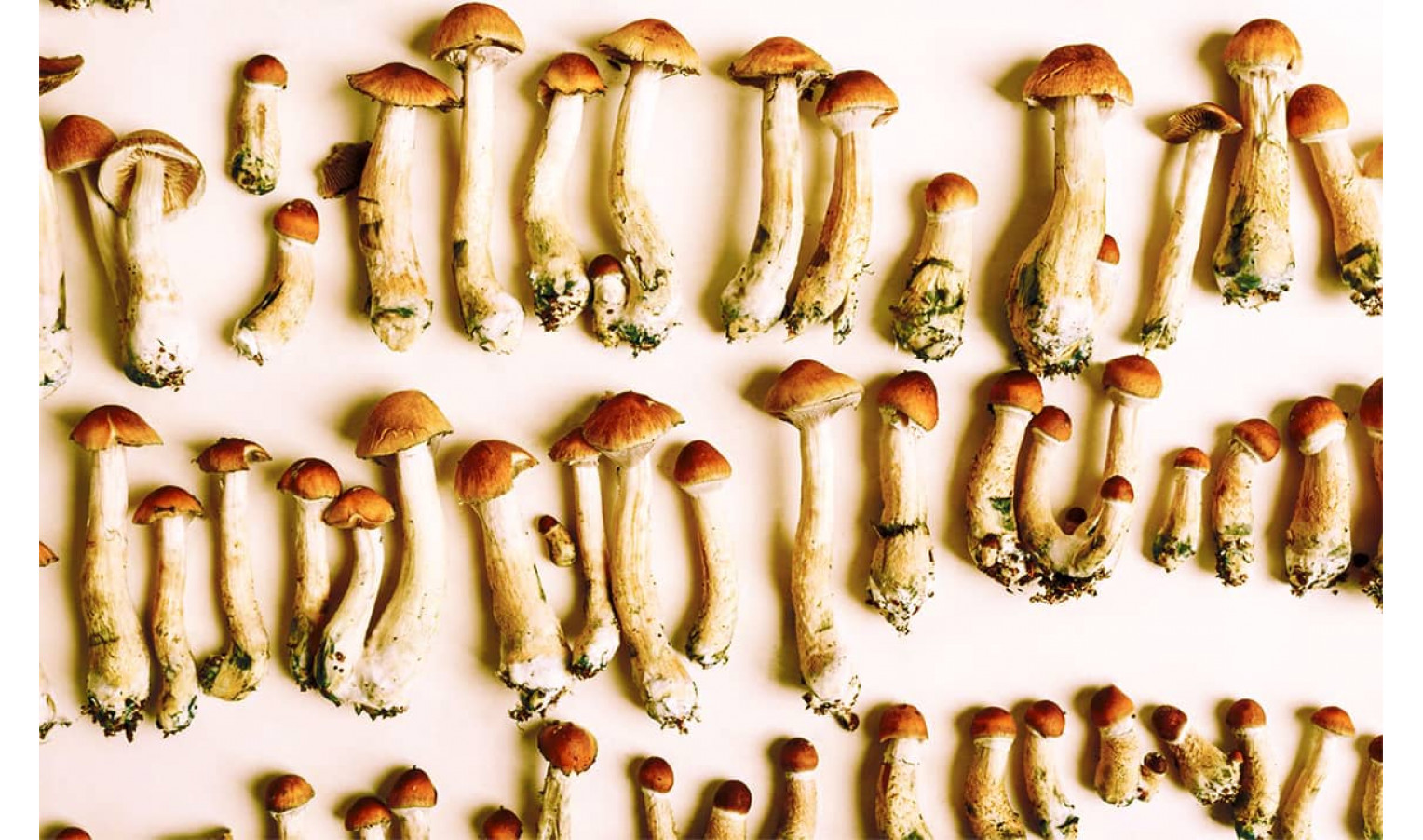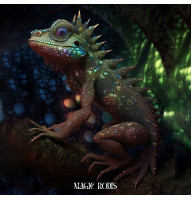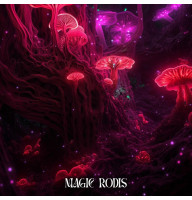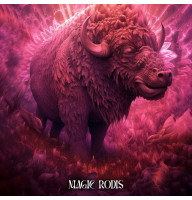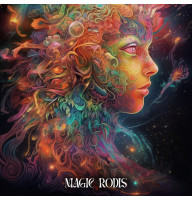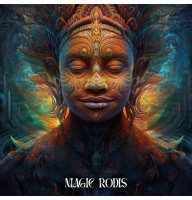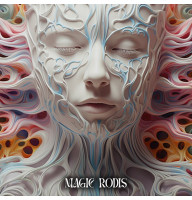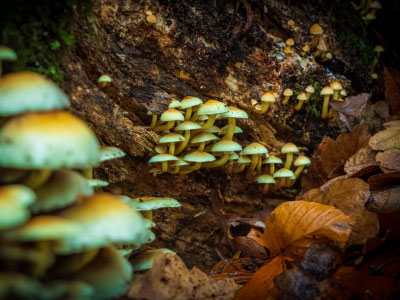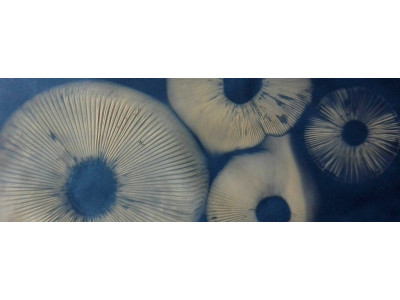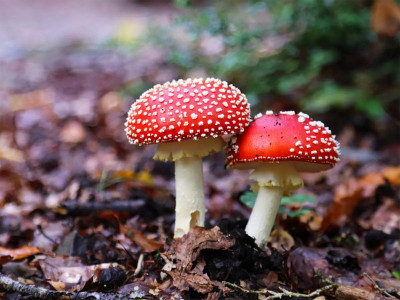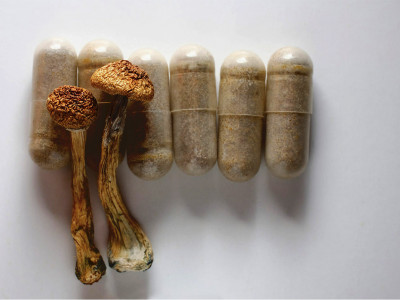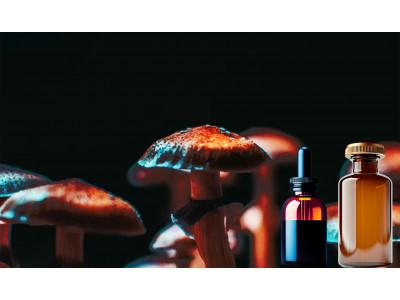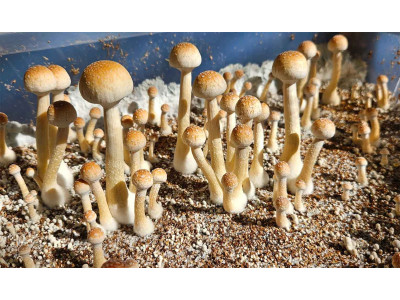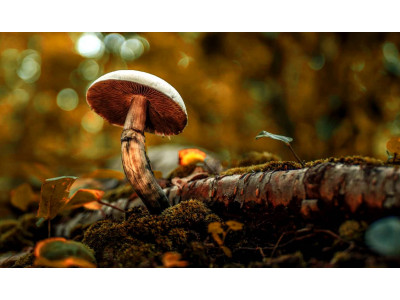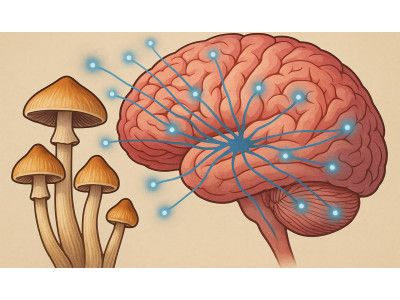Contents
- Hallucinogenic and psychoactive compounds
- Types of magic or hallucinogenic mushrooms
- Group #1: contain psilocybin and psilocin
- Psilocybe mushrooms
- Panaeolus mushrooms
- Gymnopilus mushrooms
- Pluteus mushrooms
There are many types of "magic mushrooms" in the world, or as they are scientifically called, "hallucinogenic mushrooms with psychoactive properties". The psychoactive compounds contained in them can lead you to unusual experiences, followed by a favorable therapeutic effect. They can treat severe cases of mental disorders, help overcome addiction to drugs or nicotine, as well as alcohol. In this article, we will briefly describe the types, from the legendary Psilocybe to the mysterious Amanitas.
Hallucinogenic and psychoactive compounds
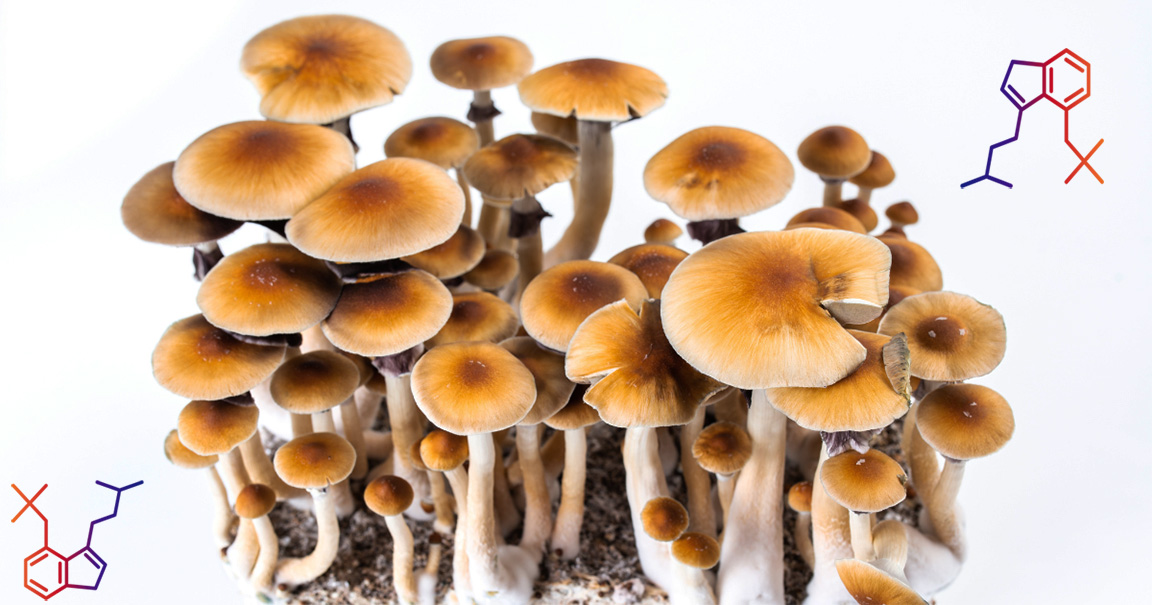
The most well-known compounds secreted by different types of magic mushrooms are psilocybin and psilocin, an alkaloid derived from the former. These two molecules are responsible for the effects on the body and mind contained in this type of mushrooms, also known as psilocybin mushrooms. There are more than 200 species of mushrooms with psychoactive effects.
The most studied psychoactive compounds in these mushrooms are the following.
| Psilocybin | This compound is the most common in hallucinogenic mushrooms and is responsible for their psychedelic effects. In humans, it turns into psilocin. |
| Psilocin | This is another key compound found in magic mushrooms and contributes to their hallucinogenic and psychedelic effects. |
| Beocystin | This compound is structurally similar to psilocybin and also contributes to the psychoactive effects of hallucinogenic mushrooms. |
| Norbaeocystin | It is a metabolite of psilocybin, which can be present in some types of magic mushrooms and enhance their effects. |
| Ibotenic acid/muscimol | Although less common than psilocybin, muscimol is a psychoactive compound found in mushrooms of the Amanita genus, such as the popular Amanita muscaria. It has a hallucinogenic and sedative effect on the human body. |
Many of the magic mushrooms you know contain varying amounts of these compounds, or may not contain some of them at all, but if the mushrooms have psychoactive effects, they most likely contain one of these substances or a combination of them.
Types of magic or hallucinogenic mushrooms
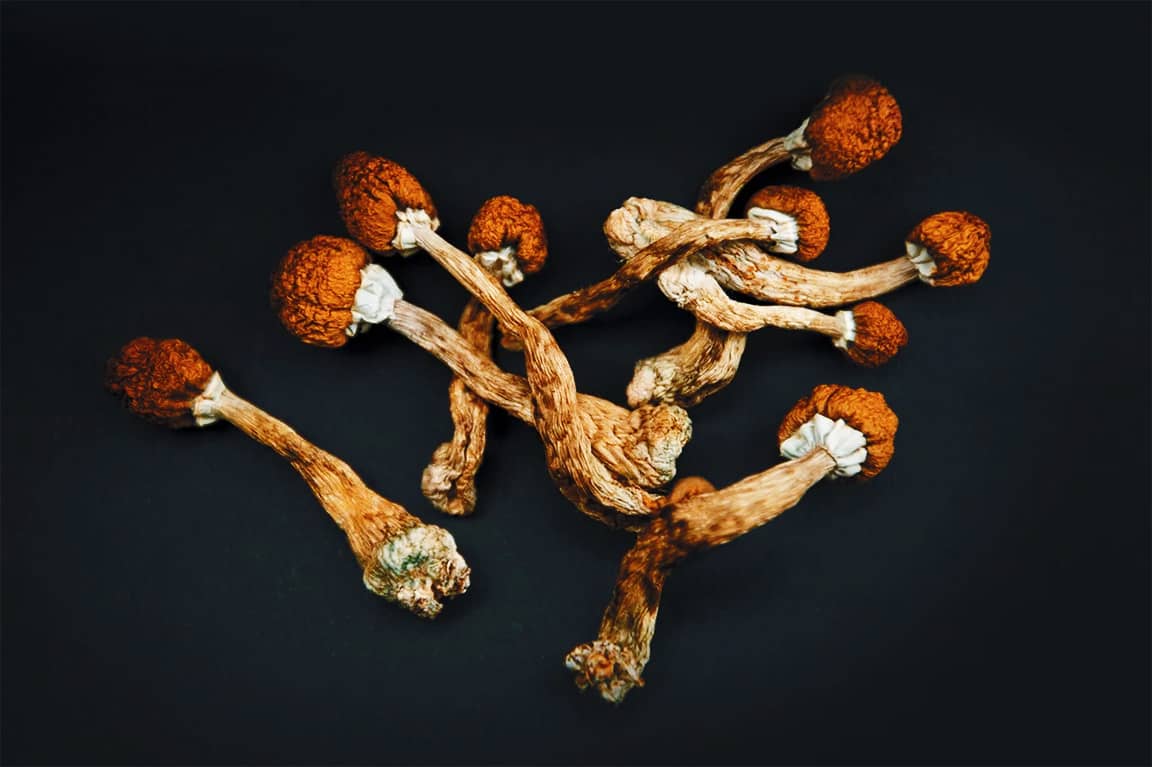
Usually, the types of hallucinogenic mushrooms with psychoactive properties are divided into 3 large groups, each of which has its own species. Below we will tell you about the 1st of these three groups and the most popular species within this group.
Group 1: containing psilocybin and psilocin
If you're a reader of our blog, you probably know about these two alkaloid compounds that are so popular today due to the growing use of this type of mushroom in various medical trials and treatments, whether it's the popular psilocybin microdoses or therapies based on high doses of this substance. Here are some of the species and genera containing these compounds, which, as we have already seen, are usually combined with others such as baoeocystine and norbaeocystine.
Psilocybe mushrooms
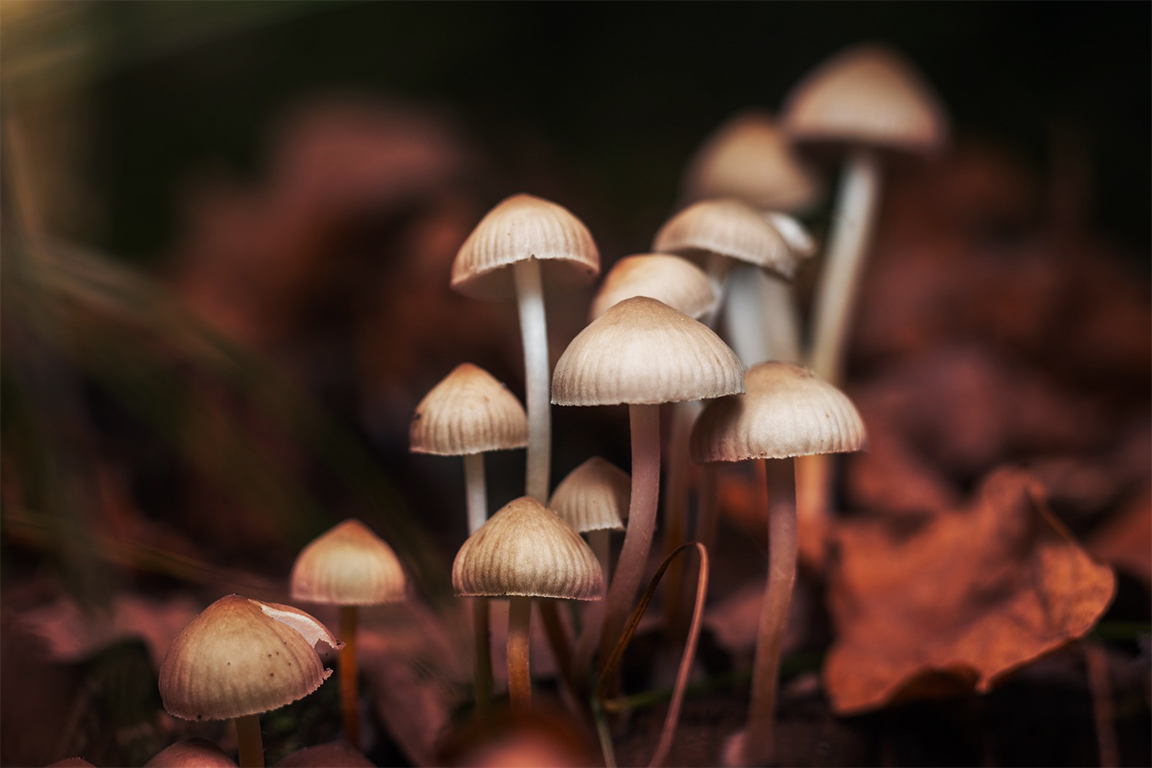
This genus contains many species of hallucinogenic mushrooms known for their psilocybin and psilocin content. They usually have a conical or convex cap and a thin stem. They are found all over the world, mostly in humid areas with a lot of organic matter. Species such as Psilocybe cubensis are common in tropical and subtropical regions, while Psilocybe semilanceata is found in temperate meadows.
Over the past decades, many hybrids between different Psilocybe species have been bred, such as Penis Envy, White Rabbit or Jack Frost.
- Psilocybe cubensis: Also known as "magic mushrooms" or "cubensis", they are one of the most common and widely cultivated psilocybe species. If you've ever tasted one, it's most likely one of these.
- Psilocybe semilanceata: Known as "pointed cap mushrooms" or "freedom caps", they are small and grow in meadows in many parts of the world.
- Psilocybe azurescens: This is a type of hallucinogenic mushroom that grows naturally in coastal areas of the Pacific Northwest, especially in sandy areas near the ocean.
- Psilocybe mexicana: Native to Mexico, this is one of the first identified species of psilocybe mushrooms and has been used in sacred rituals by indigenous peoples in the region for centuries.
Panaeolus mushrooms
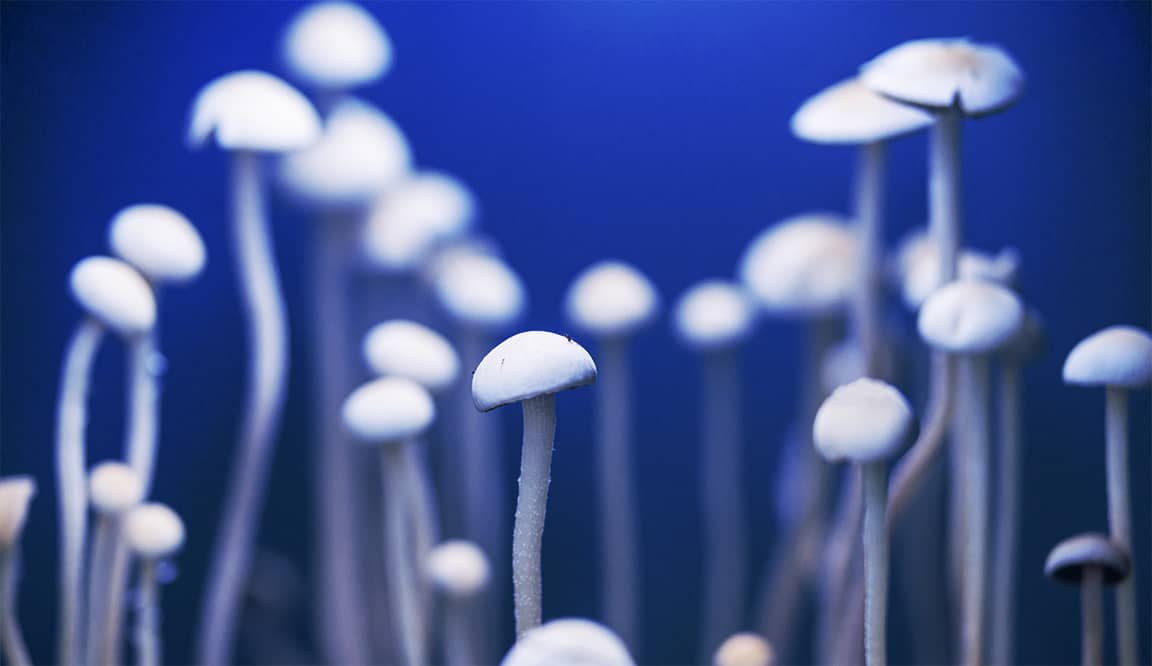
Mushrooms of this genus usually have a conical or convex cap and a cylindrical fibrous stem. Some species contain psilocybin and psilocin, such as Panaeolus cyanescens and Panaeolus tropicalis. These mushrooms grow in a wide variety of habitats, including meadows, prairies, agricultural fields, and livestock manure. Species such as Panaeolus cyanescens are common in warm tropical climates.
- Panaeolus cyanescens: Often called "Copelandia", this one is known for its high concentration and ability to produce intense psychedelic effects. They are usually found in areas with warm climates.
- Panaeolus cambodginiensis: Similar to Panaeolus cyanescens, this variety is found in Southeast Asia and is also known for its hallucinogenic effects.
- Panaeolus tropicalis: This one has a conical or convex cap that is brown to dark brown in color and can vary in diameter from 1 to 5 centimeters. The stem is thin and fibrous, the color varies from white to darker tones. The plant is mostly found in tropical and subtropical regions around the world.
Gymnopilus mushrooms
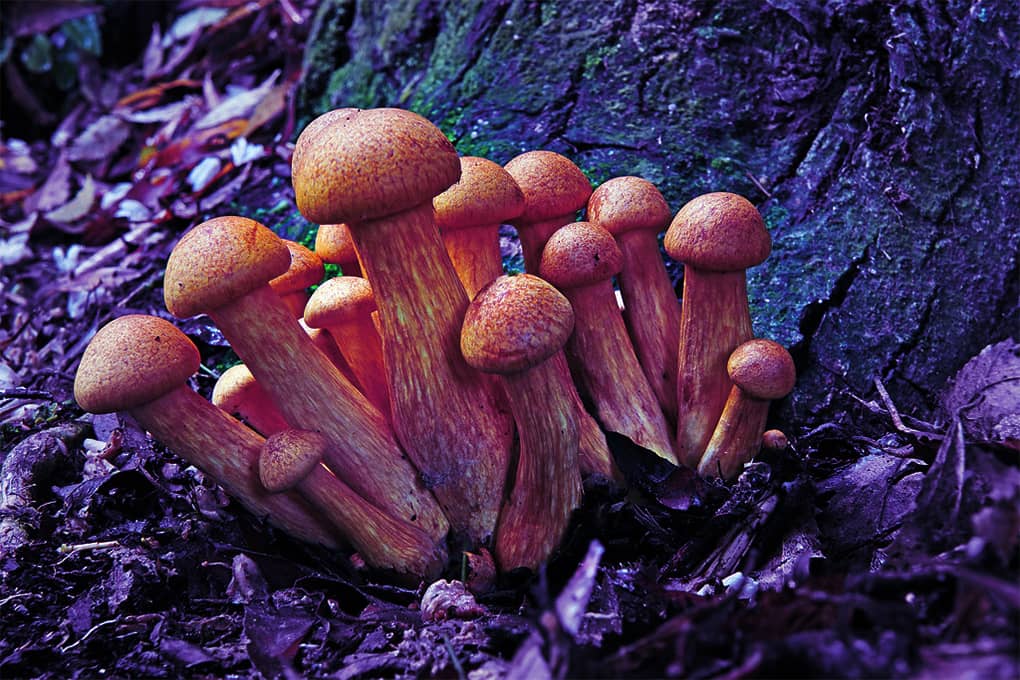
This genus of hallucinogenic mushrooms has a convex or flat cap and a color from orange to brown. They contain psilocybin in much smaller amounts and sometimes traces of psilocin. They are usually found in temperate and subtropical forests, as well as in grasslands. Species such as Gymnopilus spectabilis are common in North America and Europe.
- Gymnopilus spectabilis: It has an orange-brown cap with a convex center and a wavy edge. The blades are yellow, and there is a ring on the stem that can be orange to yellow in color. It is found on stumps and rotting wood in coniferous and deciduous forests. It contains traces of psilocybin, but is not considered a major source of psychoactive compounds.
- Gymnopilus aeruginosus: This one is decorated with an orange-brown cap with a convex center and wavy edge. The blades are orange to rusty in color, the stem is the same color with a blue base. It is found mainly in coniferous and deciduous forests. Contains traces of psychoactive compounds such as psilocybin.
- Gymnopilus luteus: This one has a yellow to brown cap with a smooth and mucilaginous surface in wet conditions. The blades are yellow and the stem has a characteristic ring. They are usually found on stumps or rotting wood in mixed and coniferous forests. Traces of psilocybin have been found in some species, but they are not considered a major source of psychoactive compounds.
- Gymnopilus viridans: It has a yellow-orange or brown cap with a mucilaginous surface in wet conditions. The blades are yellow and the stem may have a greenish tint. It usually grows on stumps and rotting wood in coniferous and deciduous forests. Like other Gymnopilus species, it may contain traces of psilocybin, but in lower concentrations.
Pluteus mushrooms
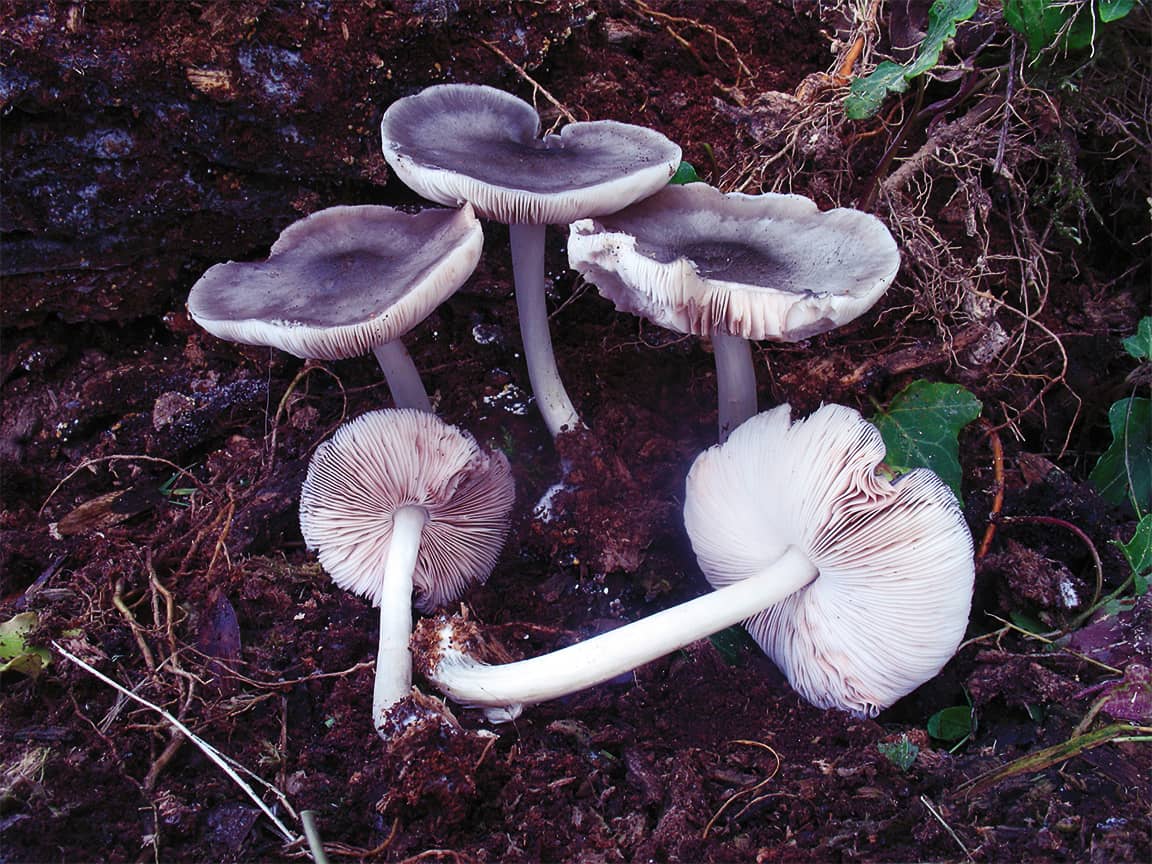
These are small to medium-sized mushrooms with a convex or flat cap and a cylindrical stem. Some species contain trace amounts of psilocybin. Pluteus salicinus is the most common species of this genus. These mushrooms usually grow on dead wood or soil rich in organic matter. They are common in deciduous and mixed forests in temperate and subtropical regions.
- Pluteus salicinus: Has a li2ht brown to dark brown cap with a convex center and a lighter edge. The blades are white, and the stem may have a brownish tint. It usually grows on rotting wood of deciduous trees, especially willows. Psilocybin is present in this species, although in very small amounts.
- Pluteus atricapillus: Has a dark brown or black cap with a convex center and wavy edge. The blades are white, a3d the stem can be brown to black. It is found on rotting wood of deciduous trees, especially in mixed forests. According to some reports, this species contains psilocybin, but it is not considered a major source of psychoactive compounds.
- Pluteus cyanopus: It is characterized by a light brown to reddish brown cap with a convex center and a lighter edge. The blades are white, and the 3tem has a greenish-blue tint at the base. It is found in the rotting wood of deciduous trees such as oaks and beeches. Some studies suggest the presence of psilocybin in this species, albeit in very low concentrations.
In addition to the above, t4ere are also others that may contain small amounts of psilocybin and psilocin in some of their species:
- Hypholom;
- Inocybe;
- Knowcybe;
- Panaeolin;
- Gerronema;
- Agrocybe;
- Galerina;
- Mycena.
We have considered with you 1 group of 3, the mushrooms of which contain psilocybin and psilocin. The other two groups are called:
- Group #2: mushrooms containing ibotenic acid (muscimol);
- Group #3: parasitic mushrooms.
We will tell you about these groups in the next article.

